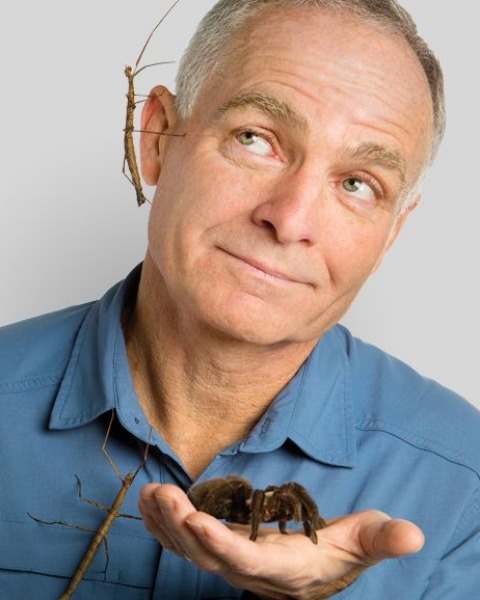Back
Systematics, Evolution, and Biodiversity
10-Minute Paper
SysEB: Behavior and Ecology
Does warm and old trump young and cool for evading predators in periodical cicadas, Magicicada spp.?
Sunday, November 13, 2022
2:30 PM – 2:42 PM PT
Location: Vancouver Convention Centre, Meeting Room 208/209

Michael J. Raupp
Professor Emeritus
University of Maryland
College Park, Maryland
Presenting Author(s)
Periodical cicadas, Magicicada spp., have been described as “defenseless” and “predator-foolhardy.” Yet, like many of their hemipteran kin, they display evasive behaviors including flight and dropping from vegetation. To investigate whether evasive behaviors depend on environmental (temperature) or individual (age) factors, we conducted a series of observational and experimental studies on periodical cicadas. In 2004 we compared evasive behaviors of male Brood X, M. septendecim to simulated attacks using a factitious bird and a human hand and found similar patterns of evasive responses. Using M. septendecim from Brood X in 2004 and 2021 and Brood II in 2013, we examined evasive behaviors in the field at different temperatures and found evasive flight to be positively related to ambient temperature. Furthermore, by artificially heating and cooling flight capable male M. cassini, we demonstrated a positive relationship between temperature and flight. We examined the notion that evasive behaviors were related to cicada age in two ways. By comparing evasive behaviors of callow M. septendecim early in the 2021 emergence cycle to behaviors of older cicadas later in the emergence, we found fewer older cicadas dropping from vegetation and more evading capture by flight. We also compared flight capability of cicadas on their emergence date to those one day older and found significantly greater flight distances in two-day old cicadas. These results demonstrate how protandrous male cicadas emerging early in the cycle on cool mornings may be less able to evade predators than those emerging later in the cycle on warm mornings.

